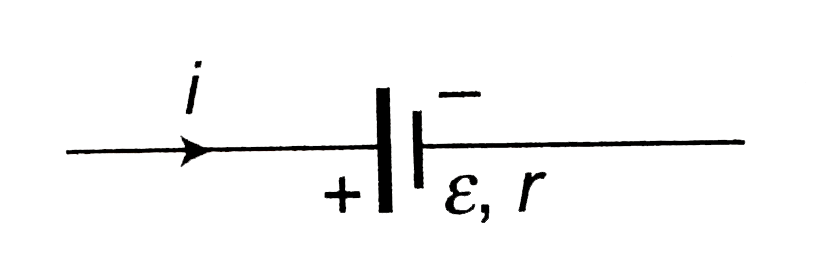[A] : Acetylchoiine allows a nerve cell to com- municate chemically with a muscle cell at neuromuscular junction.
[R]: Acetyicholine diffuses across the junc- tion and binds to some receptors on mem- brane of muscle cell.
If both A and R are true and R is the correct explanation of A
If both A and R are true but R is not the correct explanation of A
If A is true and R is false
If both A and R are false
The correct Answer is:A
Step by step video, text & image solution for [A] : Acetylchoiine allows a nerve cell to com- municate chemically with a muscle cell at neuromuscular junction. [R]: Acetyicholine diffuses across the junc- tion and binds to some receptors on mem- brane of muscle cell. by Biology experts to help you in doubts & scoring excellent marks in Class 12 exams.
Updated on:21/07/2023Topper's Solved these Questions
Similar Questions
How many of the given statements are true?
A. The dry surface of the skin and the moist surface of the buccal cavity, are lined by compound epithelium.
B. Cuboidal epithelium facilitates diffusion across the epithelium.
C. Intercalated discs are the cell junctions between the cardiac muscle cells.
D. Skeletal muscle fibers can be located in the biceps muscle.
E. In a bone, osteocytes are located in lacunae.
View SolutionAssertion (A) Chemical messengers are chemicals that enable communications of message between tow neurons or between or between neurons and muscles.
Reason (R) Chemicals enter the cell through receptor.
View Solution
Knowledge Check
Assertion:When an impules arrives at the end plate of an axon, the vesicals releases acetylcholine into the myoneural junction
Reason:Acetylcholine diffuses across the nerve-muscle gap ,binds to receptors on the sarcolemma which gets depolarized and results in cantraction of the muscle fibre.Aif both assertion and reason are true and the reason is correct explanton of AssertionBIF both assertion and reason are true but reason is not a correct explanation of assertionCIF assertion is true and reason is wrongDif both assertion and reason are wrongAssertion (A) Chemical messenger gives message to the cell without entering the cell.
Reason (R) Chemical messenger is received at the binding site of receptor proteins.AAssertion and reason both are correct statements but reason does not explain assertion.BAssertion and reason both are correct and reason explains the assertion.CBoth assertion and reason are wrong statements.DAssertion is correct statement reason is wrong statement.Assertion: In cardiac muscle tissue, the communication junctions (intercalated discs) at some fusion points allow the cells to contract as a unit.
Reason: When one cell of cardiac muscle tissue recieves a signal to contract, its neighbours are also stimulated to contract.AIf both assertion and reason are true and the reason is the correct explanation of the assertionBIf both assertion and reason are true but reason is not the correct explanation of the assertionCIf assertion is true but reason is falseDIf both assertion and reason are false
Current i is being driven through a cell of emf ε and internal resistance3 r, as shown

(i) the cell absorbs energy at rate of εi
(ii) The cell stores chemical energy at the rate of (εi−i2r)
(iii) The potential differnece across the cell is ε+ir
(iv) some heat is produced in the cell
View Solution[A] : Upon stimulation of a muscle cell, cal- cium ions (Ca++) are released from the sar- coplasmic reticulum.
[R]: In reacting with a protein complex, Ca++ unmasks myosin binding sites on the ac-tin filaments.
View SolutionAssertion (A) Chemical messengers are chemicals that enable communications of message between tow neurons or between or between neurons and muscles.
Reason (R) Chemicals enter the cell through receptor.
View SolutionAssertion (A) Chemical messengers are chemicals that enable communications of message between tow neurons or between or between neurons and muscles.
Reason (R) Chemicals enter the cell through receptor.
View SolutionWhich of the following statements is correct about the cardiac muscles?
I. It is present in heart only
II. The plasma membranes of adjacent cardiac cells interlock at intercalated disc
III. The intercalated disc contains desmosome (adhering and gap junction)
IV. Gap junctions allow the cardiac cells to contract as a unit
View Solution
